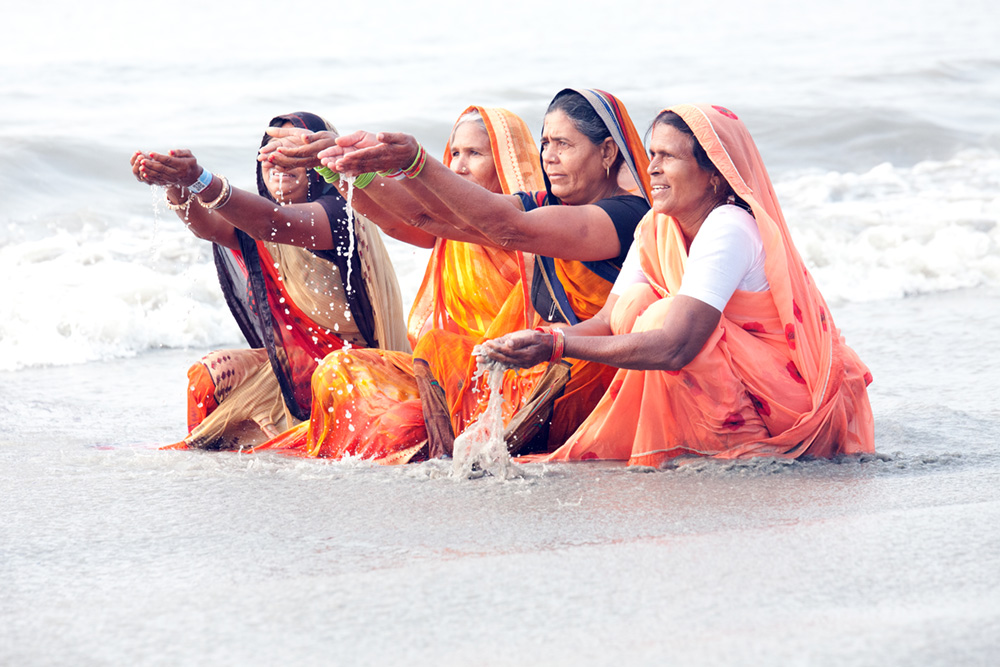
Gangasagar is more than just a pilgrimage; it is the intermingling of emotion, culture, faith, and belief—a celebration of life itself. And religion has always been embedded in the culture of the land. And Gangasagar celebrated on the eve of Makar Sankranti, is no exception. Makar Sankranti holds a special significance in Indian culture. A celebration that becomes a common focal point for the diverse regional cultures, throbbing together as one.
As the sun transits into Capricorn, the negativity slowly fades, ushering in a period of positivity. And the strengthening of relationships. The days become longer, the nights shorter, marking the end of winter and the start of spring. Beginning of harvest, and the start of the sowing season. Being a strong agricultural economy, the festival is often seen as an ode to Surya Dev (the Hindu sun god), where the devotees express their gratitude to the sun god for blessing them with a good harvest and ideal weather. The farmers and their families also express gratitude by worshipping their cattle, tools, and land.
Also, the different regions of the country join in the celebration of delicacies. Various sweet dishes made of freshly harvested ingredients such as sesame and jaggery, engulf Indian kitchens with a mesmerizing aroma. But the celebrations are not limited to food. Various regions of the nation indulge in merry-making over sessions of kite flying. Originally a north Indian affair, this practice has quickly spread its wings across the nation.
Thus, we see that it is deeply embedded in the social fabric of the land, an indispensable part of its culture that keeps everyone bound together.


